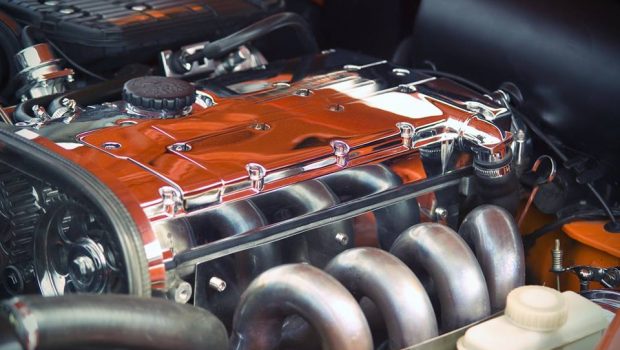How Turbo Pumps Increase Automotive Production Efficiency
Turbocharged engines are more popular for their immense power than they are for their remarkable fuel economy. Turbo pumps became widely popular in the 80s when automotive makers decided to downsize car engines in an attempt to improve fuel economy. They came up with an impressive turbocharging technology that essentially killed two birds with one stone, improving fuel efficiency and boosting engine power considerably.
Today, car manufacturers integrate turbo pumps in some of their models to boost their power and save on fuel. Check out the impressive performance of these Provac turbo pumps.
Here are 4 ways in which turbo pumps can increase automotive production efficiency:
1. Reducing engine size without sacrificing power
Automakers can take advantage of the impressive power-boosting characteristics of turbo pumps. Turbochargers work by forcing more air into the engine, allowing extra oxygen to mix with fuel. Consequently, more power is generated from this process. Turbo pumps can be used to manufacture smaller engines that deliver the same power as large-capacity engines. For instance, a six-cylinder turbocharged engine can deliver power equivalent to an eight-cylinder conventional engine. This discovery has allowed car manufacturers to shrink vehicle engines significantly without sacrificing the power generated. This further boosts the production efficiency of automobiles.
2. Boosting fuel efficiency
A turbocharged engine boasts of having better fuel efficiency than a traditional engine, and it’s not hard to see why. First, turbocharged engines are often shrunken in size. This downscaling improves low-end torque without demanding a higher fuel boost, allowing a turbocharged V6 vehicle to cruise with the speed and power of a V8 engine without the fuel-guzzling aspect. It’s an impressive feat that helps to produce cars with better fuel economy, improving production efficiency in the process. Turbocharging, coupled with accurate direct fuel injection, can improve the fuel efficiency of any vehicle by up to 30%.
3. Higher torque yields faster acceleration
Turbo pumps are designed to force more air into a vehicle’s engine, thus increasing the engine’s rpm. This increased torque improves the vehicle’s ability to accelerate faster. You’ve probably heard about cars that accelerate from 0 to 100 mph in less than 10 seconds. Chances are, such vehicles are fitted with a turbocharged engine that generates more torque and boosts acceleration. This provides drivers with the freedom to drive at whatever speed they desire.
4. More people prefer turbocharged vehicles
Human beings have an affinity for excitement, speed being among the top thrilling items on their list. Driving a fuel-efficient hybrid sedan might be great for the environment, but it’s not thrilling. Delightfully, turbo pumps provide that extra oomph that vehicle enthusiasts look for when purchasing a car. It offers the best of both worlds: enhanced engine power and an impressive fuel economy. Interestingly, the number of turbocharged vehicles sold in America tripled within four years (between 2011 and 2015). Forecasters predict that more than 80% of brand new vehicles will possess turbocharged engines by the year 2025. Therefore, incorporating turbo pumps during the vehicle production process could lead to higher profit margins.
Turbo pumps are quickly gaining popularity globally, thanks to their ability to boost automotive production efficiency as described above.

















